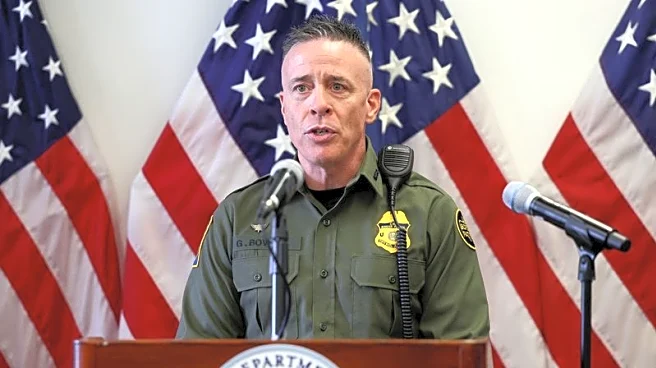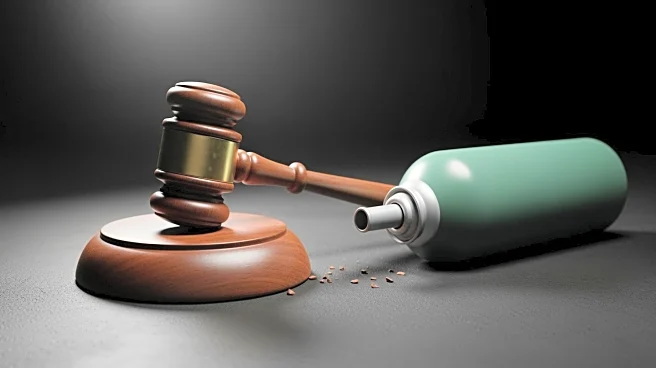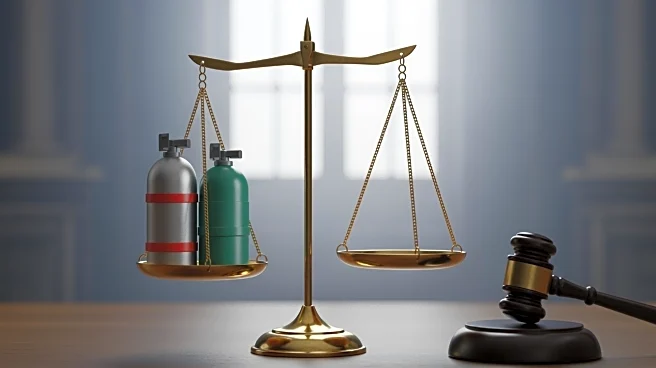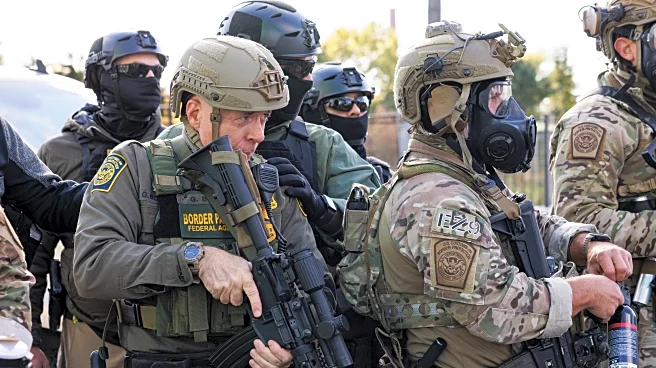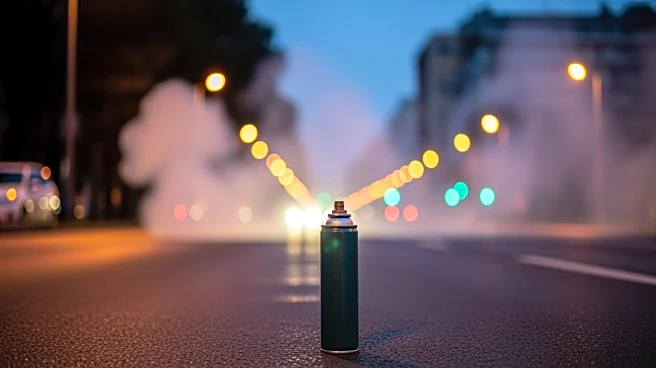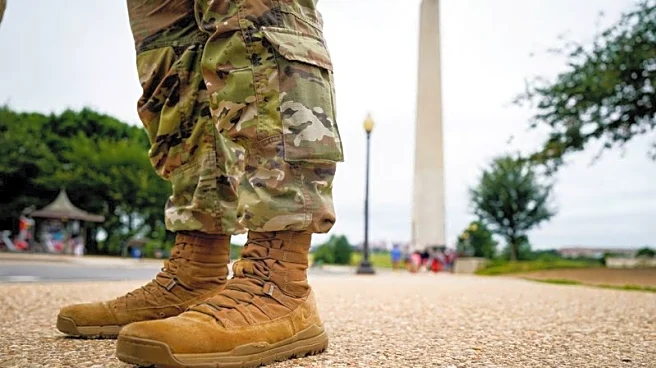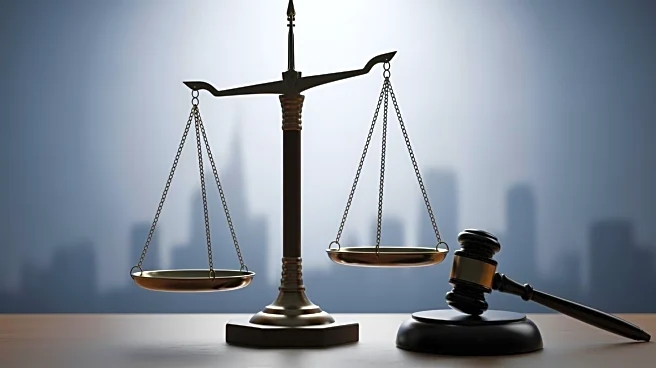What's Happening?
A senior U.S. Border Patrol officer, Gregory Bovino, is accused of violating a court order by using tear gas during a protest in Chicago against President Trump's immigration policies. The accusation comes
from a coalition of journalists, protesters, and clergy, who allege that Bovino threw tear gas canisters into a crowd without justification. This incident reportedly occurred during a demonstration in Chicago's Little Village neighborhood. The court order, issued by U.S. District Judge Sara Ellis, restricts the use of force by federal agents during protests, allowing exceptions only if officers face a direct threat. A video allegedly showing Bovino's actions has been referenced in a court filing. Bovino, who leads the federal enforcement effort in Chicago, defended his actions, stating that the use of force was minimal and necessary. The Trump administration has supported Bovino, asserting that the use of chemical munitions was in line with policy and necessary for safety.
Why It's Important?
This incident highlights ongoing tensions and scrutiny over federal law enforcement tactics, particularly in the context of immigration enforcement under the Trump administration. The use of tear gas against protesters raises questions about the accountability and oversight of federal agencies. The situation underscores the broader debate over the balance between maintaining public order and respecting civil liberties. The outcome of this case could have implications for how federal agencies are allowed to operate during protests, potentially influencing future policy and enforcement strategies.
What's Next?
Gregory Bovino is scheduled to attend a court hearing on November 5. This hearing will likely address the alleged violation of the court order and could result in further legal actions or policy changes. The case may also prompt additional scrutiny of federal enforcement tactics and lead to calls for increased oversight and accountability. Stakeholders, including civil rights groups and government officials, may weigh in on the broader implications of this incident for immigration enforcement and protest management.


